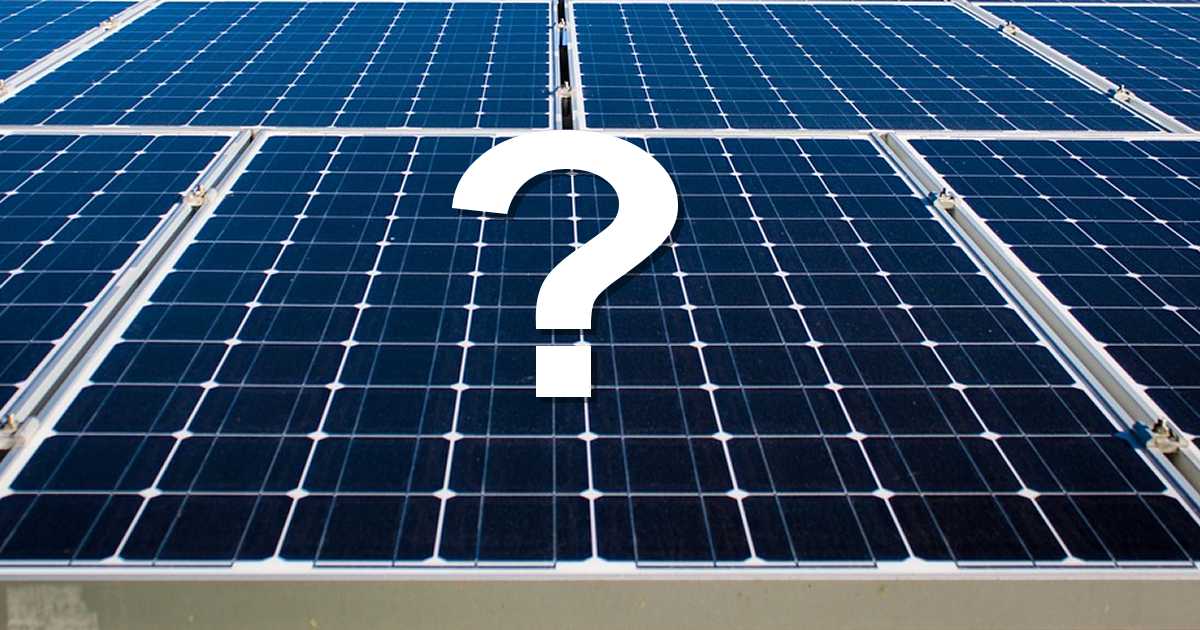The Australian Energy Market Commission has copped some undeserved flak over its proposals to help ensure many Australians can benefit more from installing solar panels well into the future.
Just to briefly recap to this point:
Australia’s grid was originally designed to cater to one-way electricity flows – into premises. The popularity of rooftop solar has seen increasing amounts of energy flowing out from homes and businesses. It has reached a point in some areas where grid congestion is such that new solar owners are being severely export limited, and in extreme cases zero export limited.
It’s an unfair situation.
One of the fixes is spending even more cash on “poles and wires” – and that means bigger bills for everyone; solar and non-solar owners alike.
But there are other ways. In March, the AEMC released its draft determination outlining how more rooftop solar can be integrated into Australia’s grid.
One of the elements is encouraging networks to better reward solar and battery owners for sending power to the grid when it’s needed and allowing them to apply a surcharge on exports when there is a high level of congestion. The surcharge effectively knocks a couple of cents off the feed in tariff during these times in order to encourage increased solar energy self-consumption.
AEMC Encourages Healthy *Informed* Debate
The focus on these charges from some corners while glossing over or even ignoring other aspects of the AEMC’s proposals – such as the rewards – has led to anger among some solar owners. That’s understandable if they don’t have all the information.
“We welcome a healthy debate on these proposals, which is important in releasing them for consultation,” states the AEMC. “At the same time, it’s important that people have the facts about what these proposals are –and what they are not. This will lead to a more productive conversation.”
To this end, yesterday the AEMC released a “10 Facts” document regarding its proposals.
Concerning the overall financial impact of the charges, the AEMC again provides a few examples of system sizes. In the 6-8kW range, it pegs the financial annual benefits currently at $1,284. Annual benefits if export charges were introduced would be $1,178, so $106 less – and this the upper limit of effect.
The AEMC states it has a high level of confidence in its calculations, and says even if feed-in tariffs drop, solar will remain a good investment. As we previously mentioned, even in an extreme scenario in the future where FiTs drop to a couple of cents or below, then it’s just a matter of configuring an inverter to not export during these times.
Savvy system owners maximising solar energy self-consumption may see much less impact than the AEMC estimates, and perhaps even a positive result if they are able to export at times when the grid needs their solar electricity goodness.
Among the other points the AEMC makes in the document:
- Solar customers are already losing out due to energy “traffic jams” and congestion on the grid – and this will only get worse.
- Charges are a recommendation – not set in stone. There are other strategies networks could implement such as offering a choice of fixed or flexible solar exports; which are set to be trialed in South Australia.
- Charges and rewards would vary area to area depending on local network capacity.
- This won’t happen overnight (it will take some years) and will occur in consultation with communities, with safeguards in place.
- The changes are to encourage networks to invest in better solar export services, not to make Distributed Network Service Providers more money.
The AEMC also busts a prevalent myth that large electricity generators don’t have to pay to use the grid – they do it says; coughing up significant up-front costs that ensure their facilities can be supported.
Perfect Vs. The Good
As things stand, it is going to take years to nut out these changes. The risk is ongoing flat-out opposition based on opinions formed without all the facts will drag it out for a lot longer. By that point – as SolarQuotes founder Finn recently mentioned – things will be a real mess.
It’s in everyone’s interests to ensure this doesn’t happen. While the AEMC’s solutions aren’t perfect, as SQ’s Ronald said – perfect should not be the enemy of the good.
The AEMC document: Making room for more solar: 10 facts you should know.


 RSS - Posts
RSS - Posts



So what ever happened to those gold plated poles and wires we already paid for?
I use my appliances during the day, but we don’t have a pewl and the heater at night is our biggest draw. I’d happily use all the power I make and they could shove their grid, but it doesn’t make power when I need it most, A battery still doesn’t make sense for us and we’ll be dead long before ev’s are affordable – one equivalent to my 20 year old luxury German sedan, not some tiny tin box.
Besides, the power companies are holding an ace: If we try to leave the grid in any great number they will start charging us anyway because the wires go past our property – just like they do for the water supply.
I might be missing something, but why aren’t the power wires capable of carrying the “about” 5kW that most solar systems put out? Or are they allowing for much bigger systems?
If its the former, then how can a group of houses consume 5kW all at once?
Surely the poles and wires can carry the maximum current that each house can consume, so carrying the same (or less if the house is self-consuming) current should be ok?
The wires are perfectly capable of carrying the power. The problem lies with the fact that there can be more power being fed in than than what is required by the non solar premises. And unlike a power station which is a known quantity, there is no way for our overlords to know how much solar power may or may not be fed into the grid at any given moment. So they want to take back control of the on/off switch by using a stick and stick approach to make us use more of our own power and only feed the grid when there is somewhere for it to go.
Thanks Michelle. I expected the answer. My question was a “Dorothy Dixer”.
Thanks for debunking one “explanation!”.
Jeff
Yep, this is exactly it! Then we are forced to consume electricity from powerplants and no-one considers building peak plants such as Snowy, grid batteries or even subsidy for home batteries. This is why I think we should let them test end user power by making “steam hours” – turning off inverter while turning oven and aircon on when there is demand. Doing it in sync over, say, 1000 houses will kick 10MW ditch. Done within 30s might be able to send powerplants out of sync into solar hell blackout, Then, maybe powerplant business may see that lack of demand for power is powerplant problem, not consumers’.
Since the take up of batteries is slow due to the current inhibitive cost. Why not offer existing solar owners the opportunity to upgrade their system with batteries via rebates or loan and have the retailers pay individual owners as an IPP whenever a shortfall occurs. This gives the average Joe to better recoup their outlay.
Every kW generated is the same regardless of where it comes from and homeowners have been treated anything but fair from the word go. It’s time a more equitable system is accorded to homeowners instead of always throwing money to the big corporates getting away with murder while Joe Blokes gets the raw deal.
Wouldn’t it be great if there was an organisation in control of all the power generation and distribution that was focussed on providing the service that people need rather than a multitude of organisations (with a multitude of duplicated internal services like executives, HR departments, Legal departments, Sales departments etc) focussed on spinning a profit ?